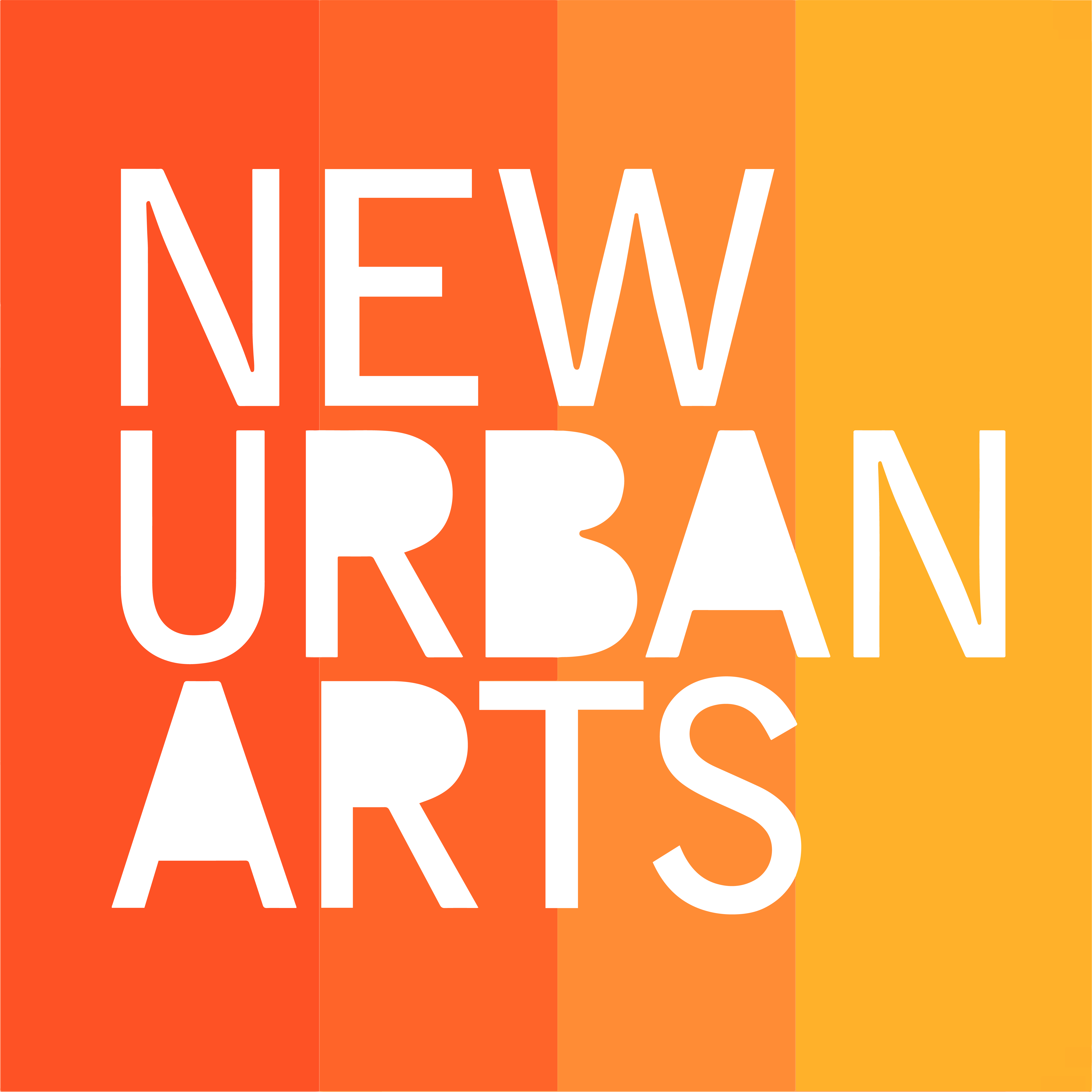I spent last week in El Paso TX (from the littlest big of Rhody to the biggest continental big of Texas!) at the second annual Artography convening. New Urban Arts is very proud to be one of nine arts organizations across the country recognized by LINC and the Ford Foundation for exemplary artistic practice and community responsiveness. I attended with an amazing team from our studio: Arts Mentoring Fellows Emmy Bright and Kedrin Frias and youth alumnus and STAB chair CJ. Kedrin shared some of the work we did with our inaugural Institute of Other Significant Pursuits, our three-day leadership institute dedicated to supporting alumni artist mentors working to apply what they learned at New Urban Arts in diverse “other significant pursuits.” Emmy shared our contribution to the X-treme Studio exhibition at Columbia College in Chicago and CJ shared her piece from the 2010 Art Party and discussed the independent study she is currently pursuing post high-school. It was inspiring to have the chance to learn and share with our peers.
You can read more about the program here. These are some of my (scattered) notes from the convening and workshops. By no means is this an exhaustive record or documentation of the convening, this is only some of the pearls of wisdom I remembered to jot down during the conversations and workshops and that I am taking away as I continue to do this work.
Feel free to comment or correct (or demand to be credited for your quotes!). If this is on facebook, I tagged you for feedback/comments and very likely because I [mis]quoted you. If this is on the blog, comment away please.
Big, big thanks to the entire staff at Leveraging Investments in Creativity, the Artography documentation team, the Ford Foundation, and everyone at La Mujer Obrera for putting this together and hosting us. Thank you to our peer organizations in the 2009 Artography cohort for your inspiring work.
Thanks and enjoy,
Jason
Border Identities Panel
“Identity” is an academic term, if you strip it away, its about your grandfather, it’s personal, it’s about your stories. What foods do you eat, what are your memories? The stories that humanize who we are.
Are you Mexican or American?
We are contributing to the American identity. Of course America is Latino!
What are those values that make us Mexican, and how do we make that Mexican American?
I have danced in every night-club in Waikiki for tourists, but I have never compromised our cultural traditions.
Storytelling Workshop with CityLore
When you make films about pop culture, its easy/dangerous to get whoever’s famous, how hard do you want to work to get a complete story? And w/people not used to being interviewed-they need to be led a little bit more. . [but their contributions and stories can be richer and more insightful!]
We do long-term projects in long-term relationships with a community. The secret of this is relationships and trust.
How do you tell a collective story?
Not just tell the story through the really famous people, the really “camera-ready” people. There are thousands of people and thousands of ways that people have contributed to mambo and hip-hop. [reference to the documentary From Mambo to Hip Hop]
On interviewing: “you want it to feel like a conversation but you want to do most of the listening.”
We’re making all kinds of decisions when we tell someone else’s stories-its an important responsibility. The feedback piece is a big one doing community storytelling. “Here’s what I heard-is there something I missed, misinterpreted…?”
Space for Change. Arts Spaces and Community Development.
“Cultural kitchens in communities” are a central part of what a community is supposed to have.
[We focus so much on bringing people together but not enough on giving people home space, “kitchens” to conduct/express their culture/evolve it. It’s one thing to have diverse potlucks but the quality and depth and richness of what people bring to the multi-cultural potluck will be stronger if we invest in cultural kitchens where people can make and experiment with the dishes they are going to bring.]
Our physical space is an embodiment of our values. Sometimes those values are explicitly stated, in other cases we know them organically.
We are not going into communities saying “we have what you need”.
Doing work in the community, we consider home to be the foundation for doing work anywhere else.”
Our values are on the wall. Someone scratched into a desk “we got wings”, [our space] is very welcoming to young people, very accessible, very malleable space. The space transforms for and by young people.
Kids are attached to tradition, whether we give them credit for it or not.
So much of our work is creating the container anywhere we are…how do we build on the strengths we have to build a [our own] safe space, a creative space?
It is important to take an asset-based approach to arts-centered community development. Your space, everything from location, to colors, to layout, to your culture and attitude can encourage participation or discourage it. We are not about the service-delivery model of art and culture. Our participants don’t come to our organizations to “receive” culture from us, but come to be participants, authors of their own stories, cultural “producers”. Space can make that real or not.

